
The hidden bond between the Porsche 911 and Leica M
8 min read Jan 17, 2025
When you sit behind the wheel of a Porsche 911, something feels different. The engine’s weight sits behind you, not in front — a choice that defies conventional sports car design. Similarly, when you raise a Leica M to your eye, you’re met with a focusing system that seems frozen in time — a manual rangefinder that creates image alignment challenges and limits your lens choices. Yet these supposed imperfections aren’t flaws — they’re the essence of what makes these machines extraordinary.
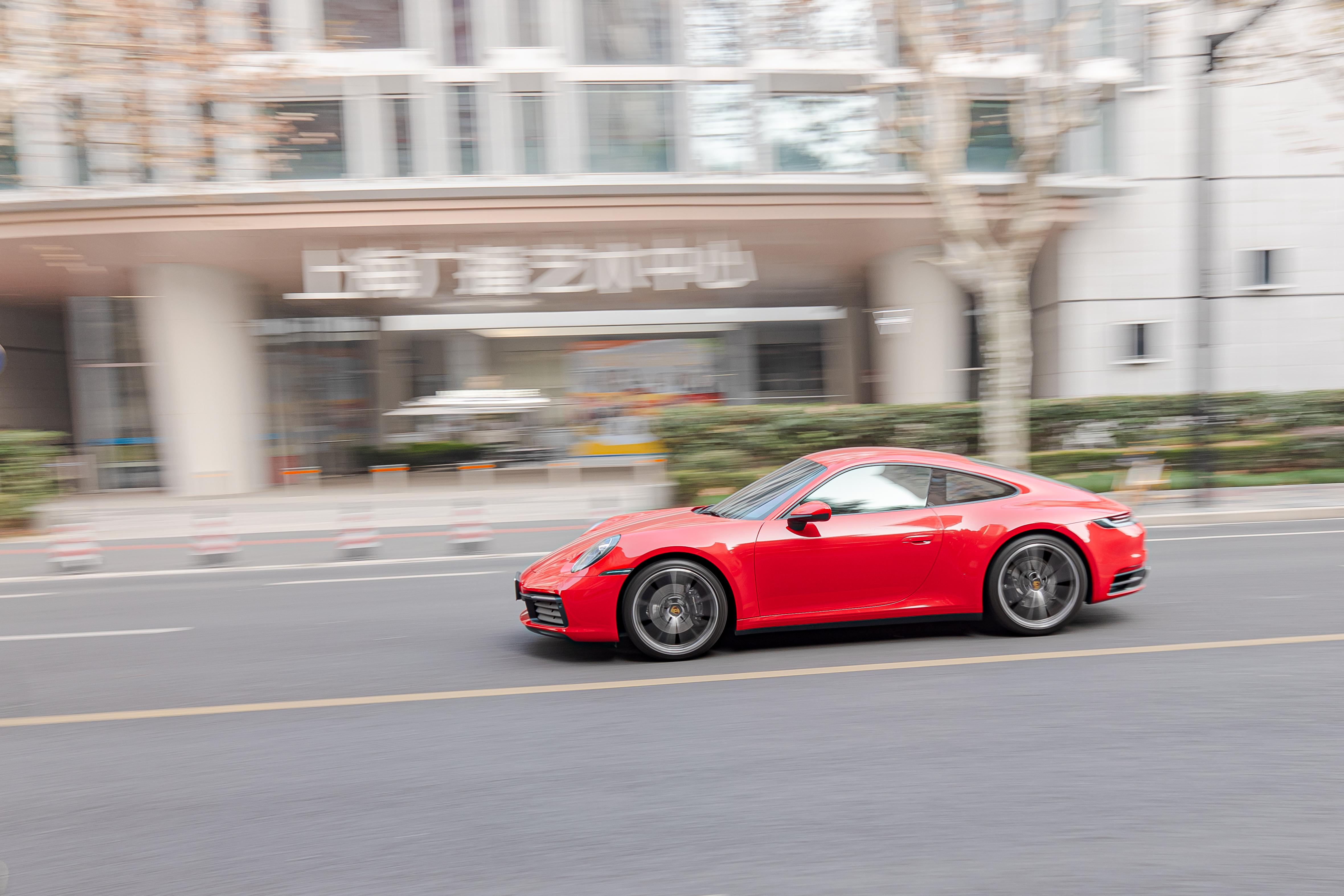 Porsche 911 · Leica CL · 18mm ·
f/5.6 · 1/60 · ISO 100
Porsche 911 · Leica CL · 18mm ·
f/5.6 · 1/60 · ISO 100
Few products have continued to remain relevant and thrive over decades like the Porsche 911 and Leica M. While there are surface-level similarities — both are luxury products, both are made in Germany, and both have a long history — what truly unites them is a deeper philosophy about intentional constraints in design.
There’s significant crossover in fans of Porsche 911 and Leica M. Leica even briefly adopted Porsche-style naming conventions in the mid-2010s before reverting — the experiment proved more confusing than clarifying.
What’s most fascinating is how their supposedly outdated design choices have become central to their enduring appeal. By understanding how both companies turned technical constraints into cultural strengths, we can understand how each has become an icon in its respective industry.
The similarities
The essential flaw
What we introduced at the start — the rear-mounted engine and manual rangefinder — represents what I call the essential flaw. It’s something that some see as a technical limitation but is actually the core identity of the product. It can never change.
Take the 911’s flat-six engine, mounted where conventional wisdom says it shouldn’t be: behind the rear axle. Since the car’s birth, critics have questioned this choice. The rear weight bias can be dangerous. Porsche stands alone in this configuration, yet it’s precisely this uniqueness that makes a 911 feel like nothing else on the road.
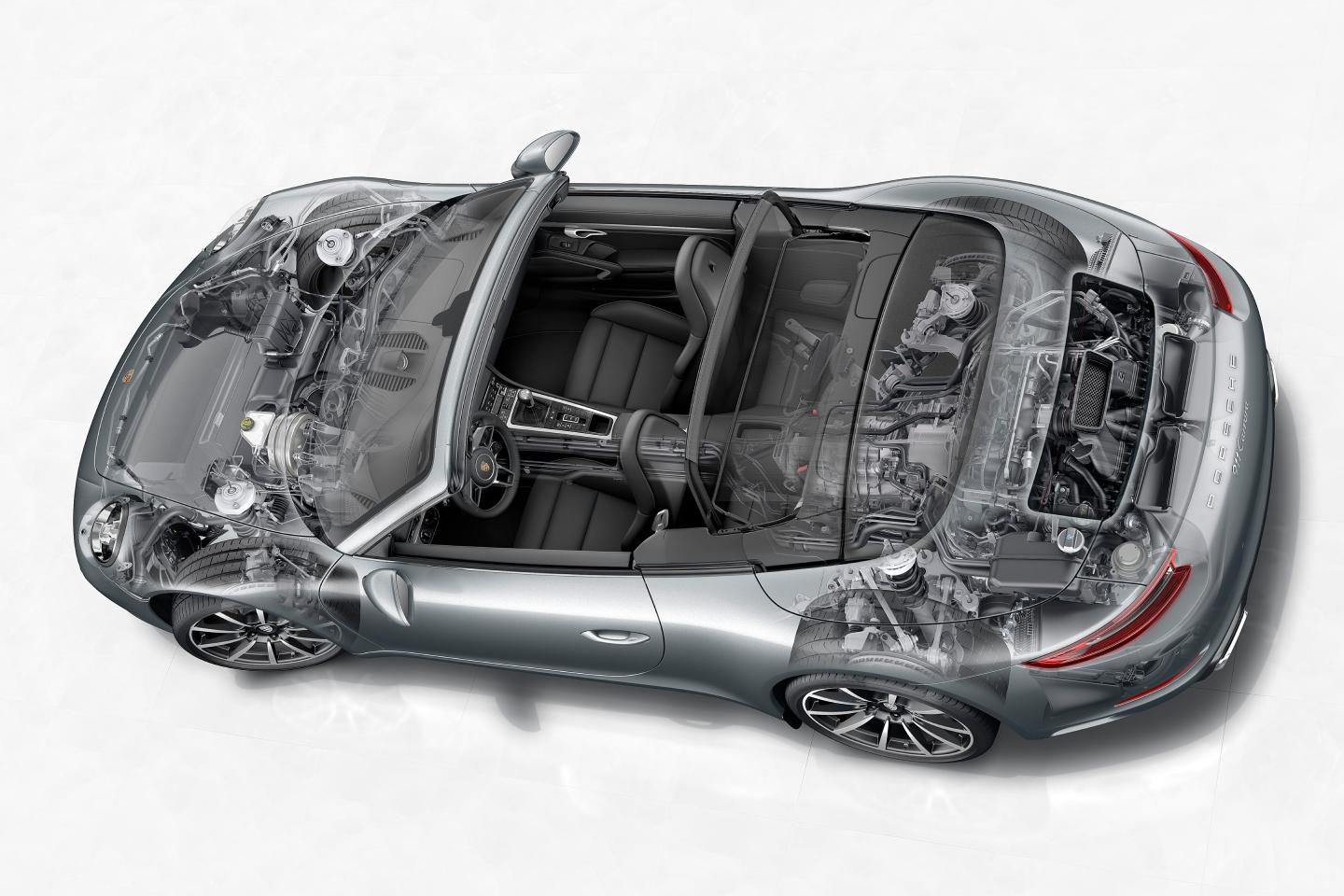 Cutaway of the 911 showing the
engine in the rear
Cutaway of the 911 showing the
engine in the rear
The Leica M’s rangefinder system tells a similar story. While it was cutting-edge in the mid-20th century, today’s photographers might see it as archaic. The viewfinder sits offset from the lens, creating framing challenges up close. The fixed magnification makes both very wide and very long lenses tricky to use. But it’s this hands-on, mechanical approach to focusing that makes every shot taken with an M distinctive.
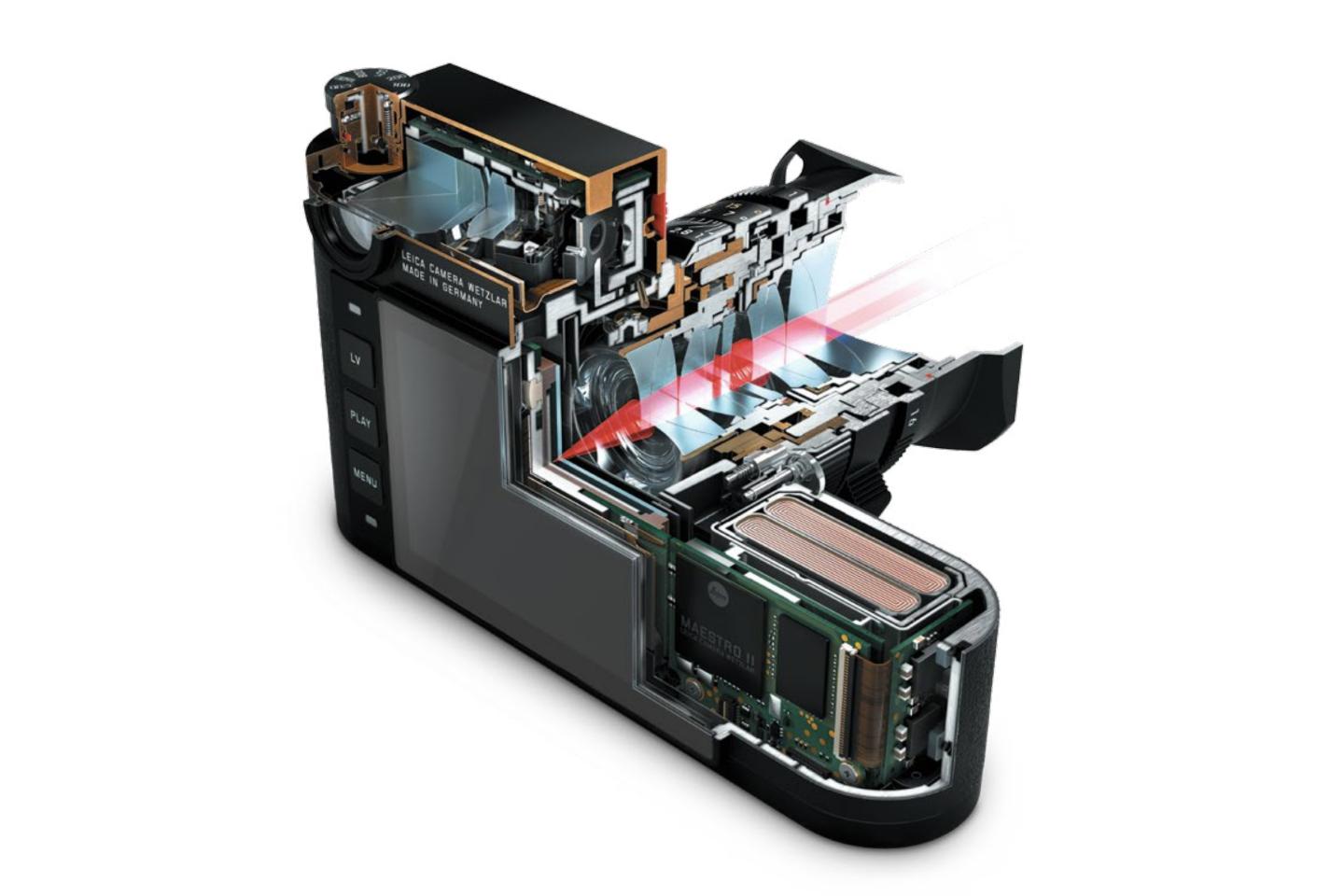 Cutaway of the M10 showing the
rangefinder and lens optics
Cutaway of the M10 showing the
rangefinder and lens optics
The essential flaw gives each product its character. It makes the experience entirely unique, something one cannot find in any competitor’s product. The essential flaw also limits users to true fans who not just accept its limitations, but cherish them.
Experience
Both companies understand a critical truth — their products aren’t just tools, but gateways to extraordinary experiences. While Porsche celebrates its racing victories and Leica proudly showcases stunning photographs taken with their cameras, focusing solely on results misses the point. These machines are about the journey, not just the destination.
Sit in a 911, and everything — from the way the seat holds you to how each control responds to your touch — is orchestrated to create an unforgettable driving experience.
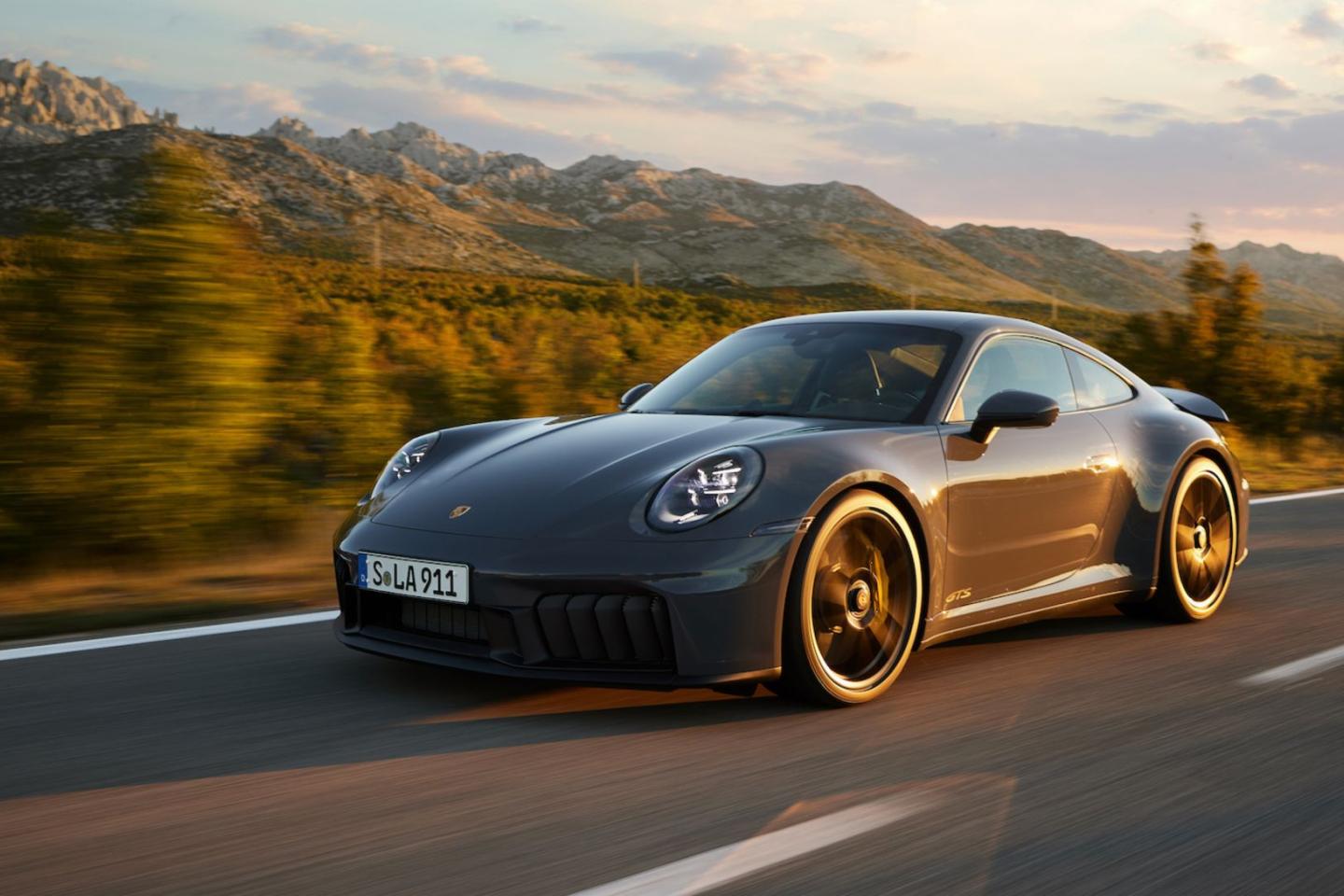 911 on the road
911 on the road
Pick up an M, and you’ll find that every element, from the precise movement of the rangefinder to the meticulously engraved markings, contributes to a uniquely engaging way of taking photographs.
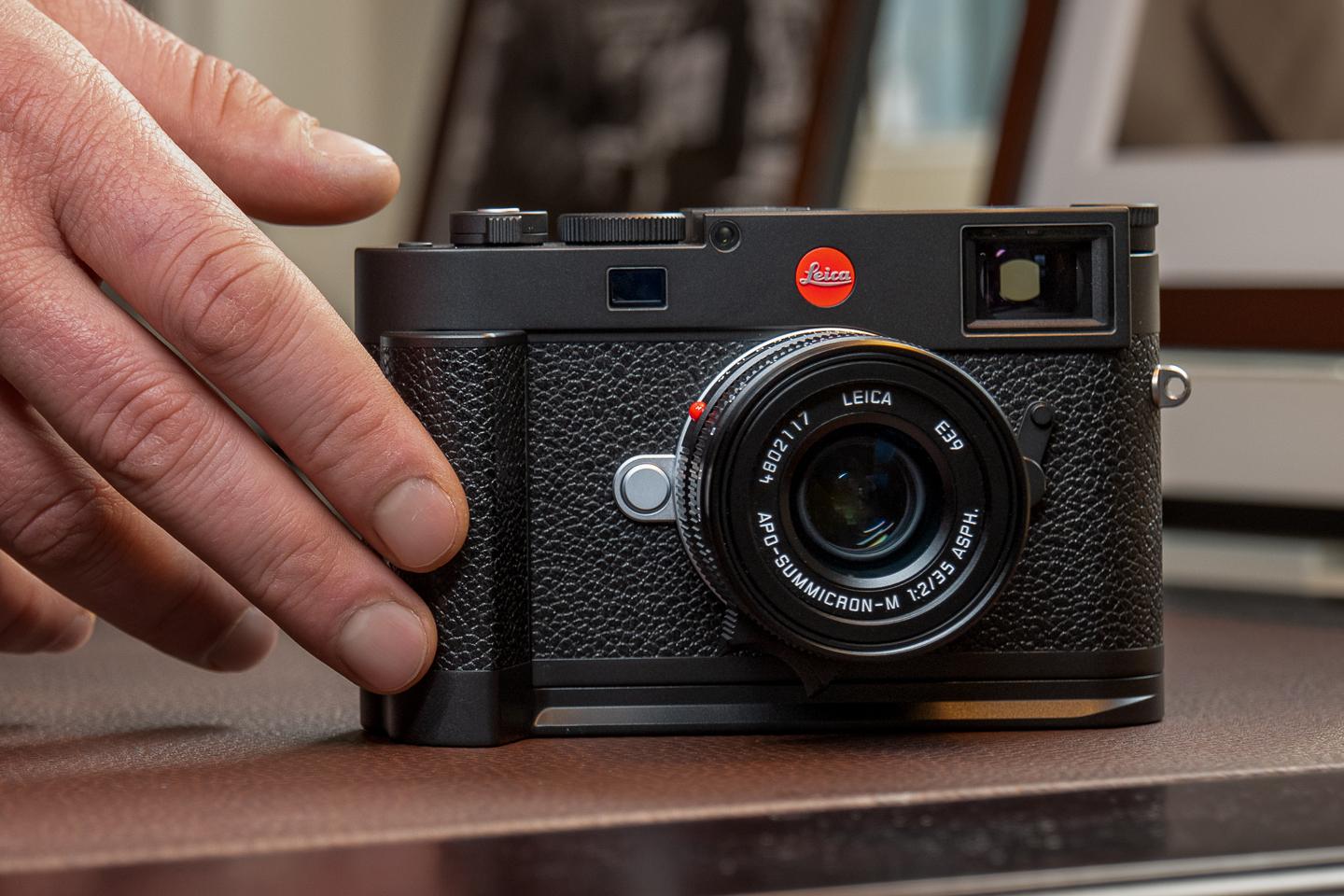 M11 at hand
M11 at hand
This goes all the way down to the materials chosen, which are selected not just for performance but for how they age and interact with the user over time. Leica is famous for their black paint models that wear away to show the brass underneath — not deteriorating, but developing character while remaining serviceable indefinitely. Similarly, Porsche uses durable materials like aluminum and steel to balance performance with repairability, ensuring the driving experience can be maintained for decades.
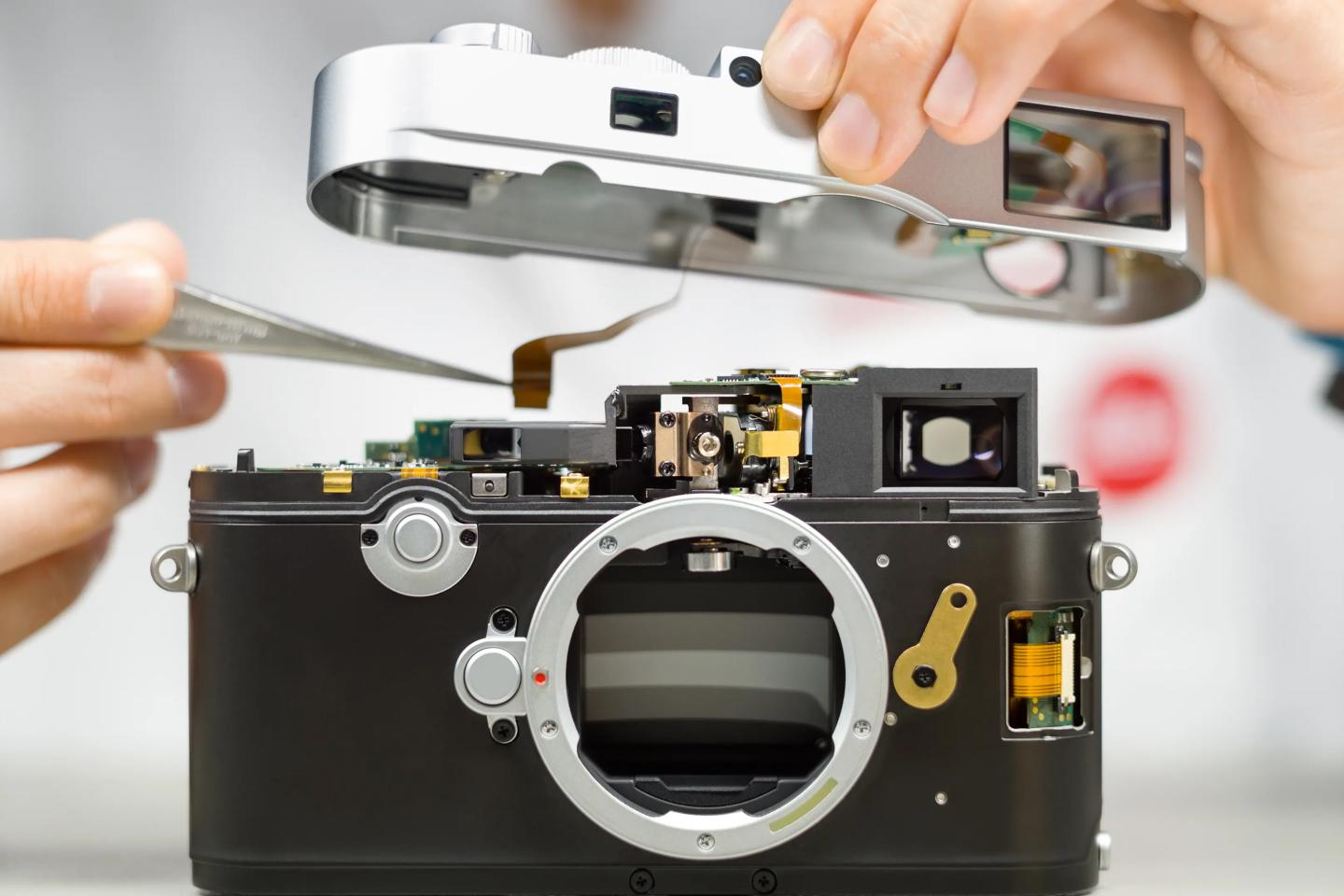 Leica servicing
Leica servicing
Place
The decision to maintain these seemingly outdated design elements isn’t mere stubbornness. It’s deeply rooted in place and culture. Being made in Zuffenhausen and Wetzlar elevates both the 911 and M, respectively, into cultural products. They tap into the uniquely German way of seeing and working that those places exhibit - a philosophy deeply rooted in principles established by The Deutscher Werkbund (founded 1907) and later the Bauhaus (1919).
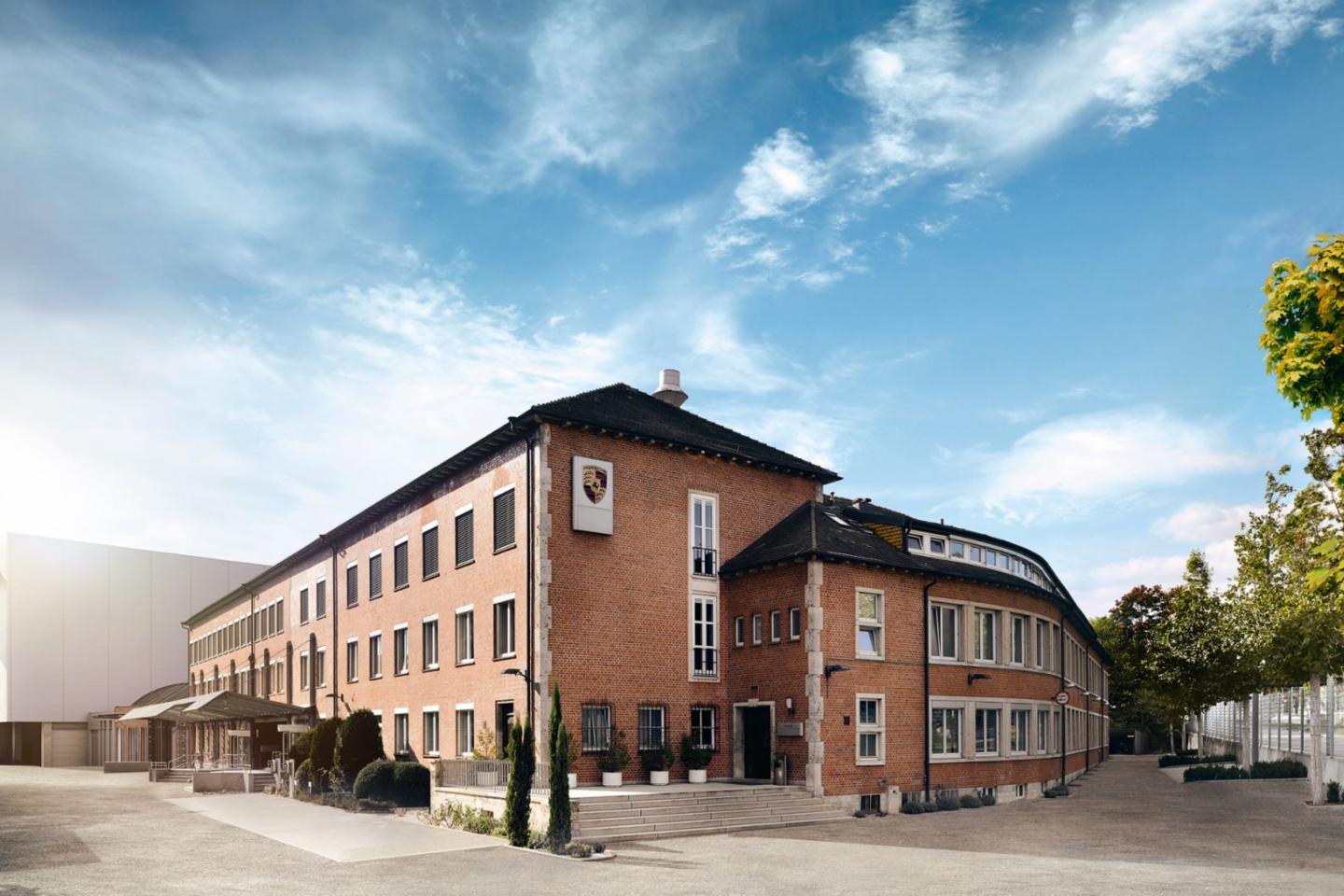 Original Porsche facility at
Zuffenhausen
Original Porsche facility at
Zuffenhausen
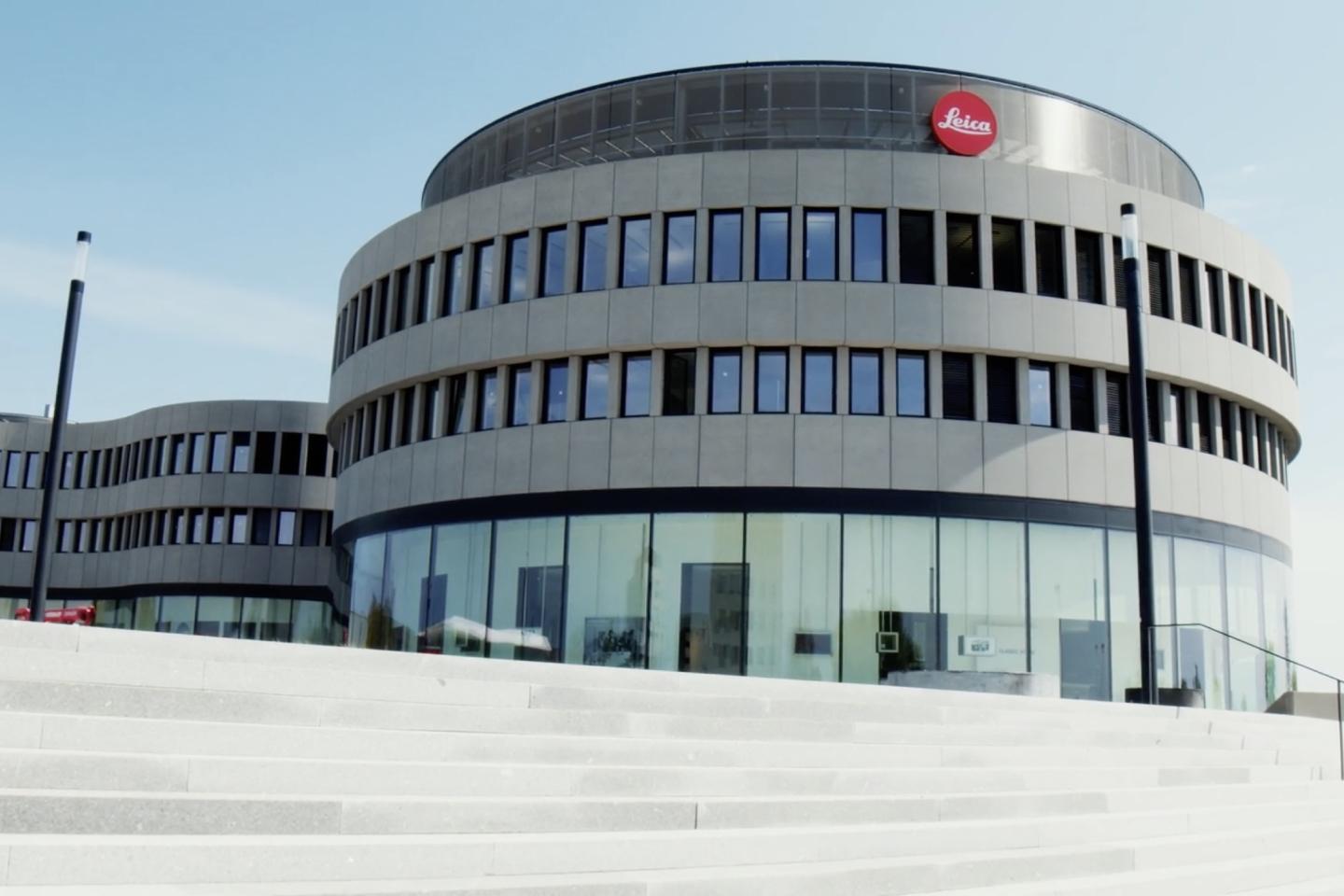 Leitz Park in Wetzlar
Leitz Park in Wetzlar
One such principle is Gesamtkunstwerk, where every aspect of a product is consciously designed down to the smallest detail, and in industrial artisanship, where machine production is enhanced by highly-skilled craftspeople for hand-finishing and adjustment.
Iteration
Maintaining these core design philosophies while advancing technologically requires a delicate balance. Both companies face constant pressure to modernize while preserving their essential character.
For the 911, the biggest changes were the introduction of water cooling in 1998, the introduction of the PDK automatic gearbox in 2009, and the switch to turbocharging across the lineup in 2016.
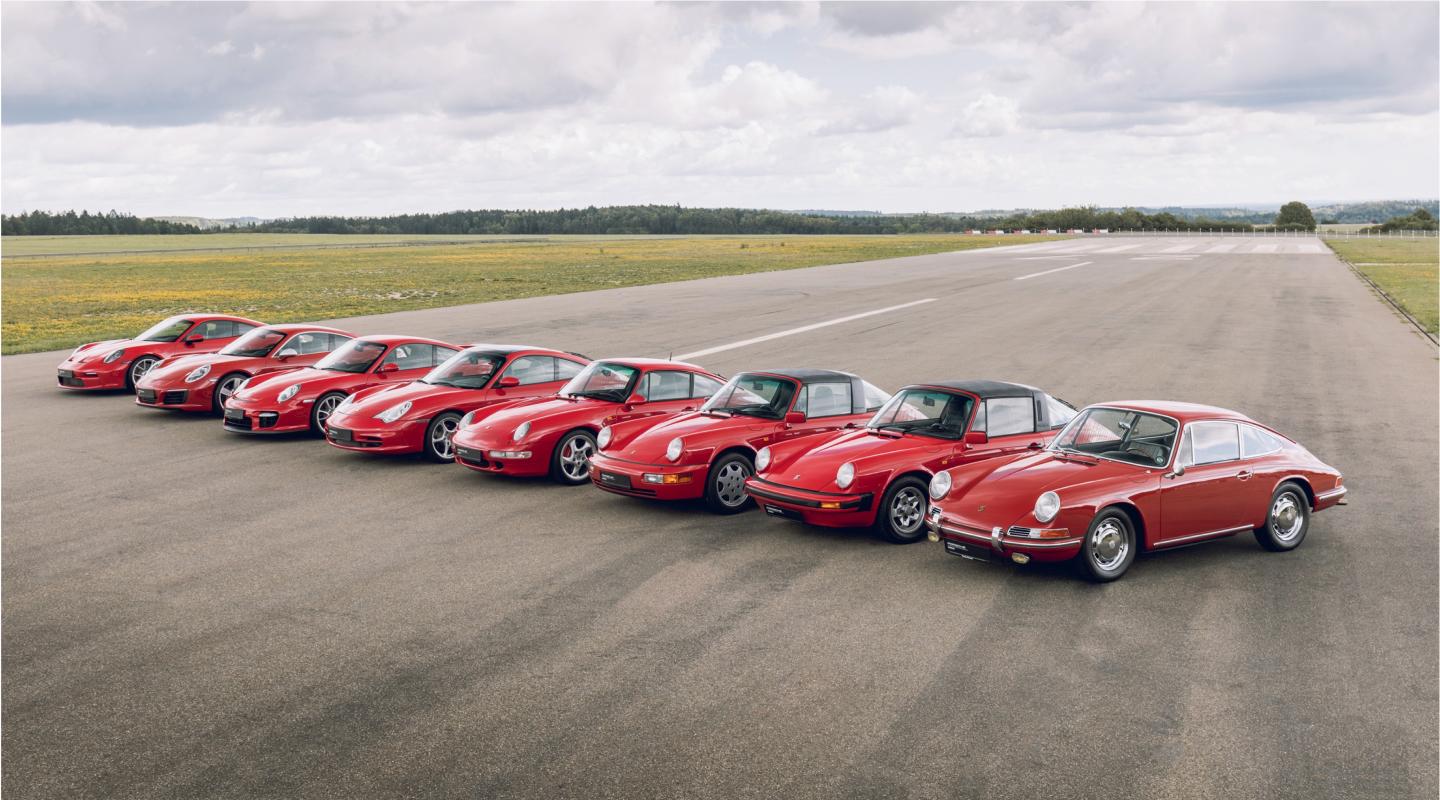 Porsche 911 from
newest at left
Porsche 911 from
newest at left
For Leica, the big changes were the introduction of metering in 1971, the introduction of the first digital M in 2006, and the introduction of live view and electronic viewfinder capabilities in 2012.
These changes were immediately met with criticism, both from fans and from journalists. Critics warned that these changes would dilute or ruin the up-till-then winning formulas of the 911 and the M. The reality is that each product came out stronger with these changes.
These changes were required because, as products of culture and technology, the 911 and M only stay relevant by keeping up with changes.
Ugly ducklings
To be clear, not every change was a success. Both Porsche and Leica went too far at times and produced ugly ducklings.
For Porsche, that was the 996. It marked a new era with the introduction of water cooling. Its new design language, with the “fried egg” headlights and rounded ’90s curves, was a huge departure from the 911s of the past.
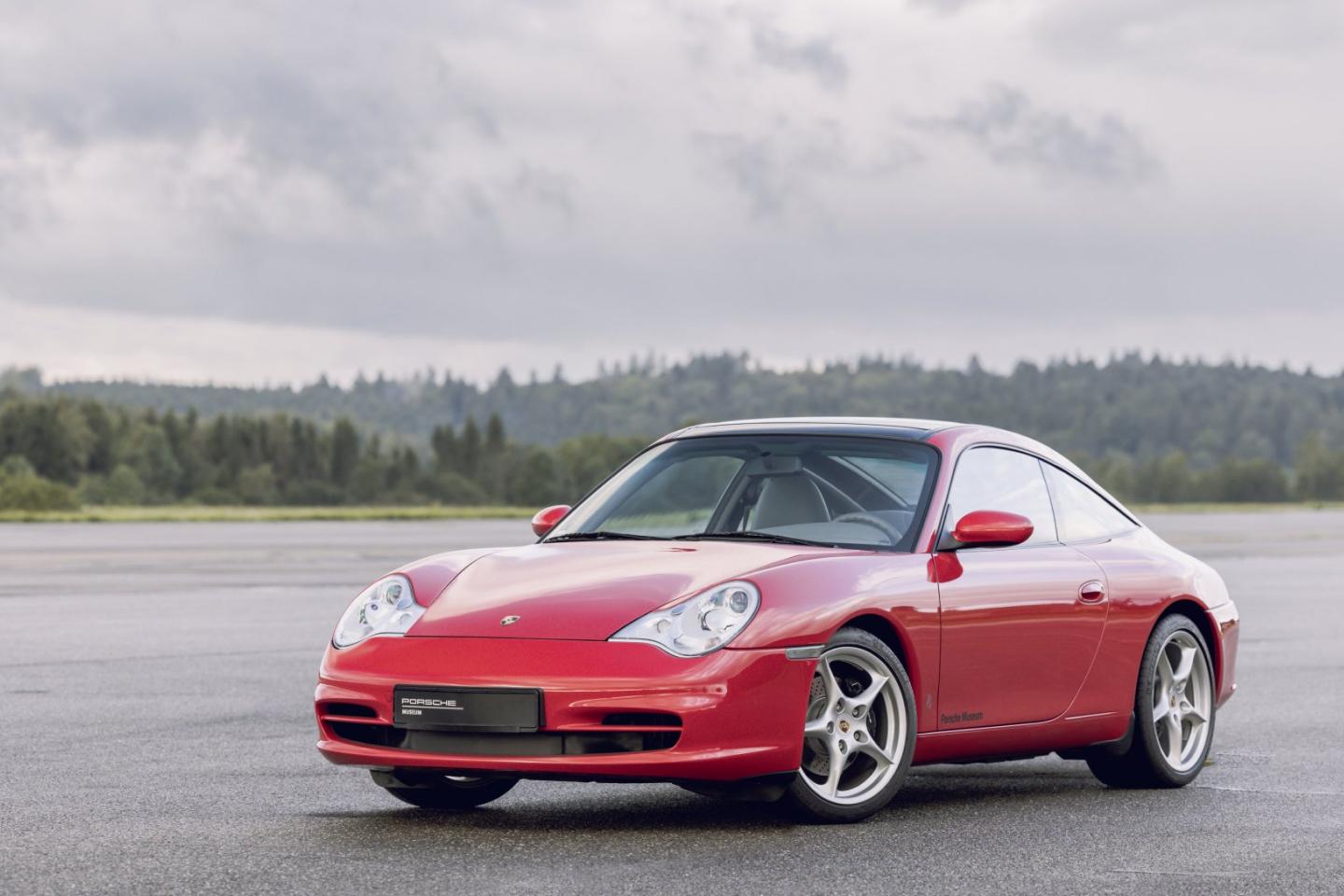 996 generation 911
996 generation 911
For Leica, the ugly duckling was the M5. Like the 996, it marked a monumental technological change, most notably the introduction of a meter. It was also a complete aesthetic departure, looking and working completely differently than Leica Ms of the past.
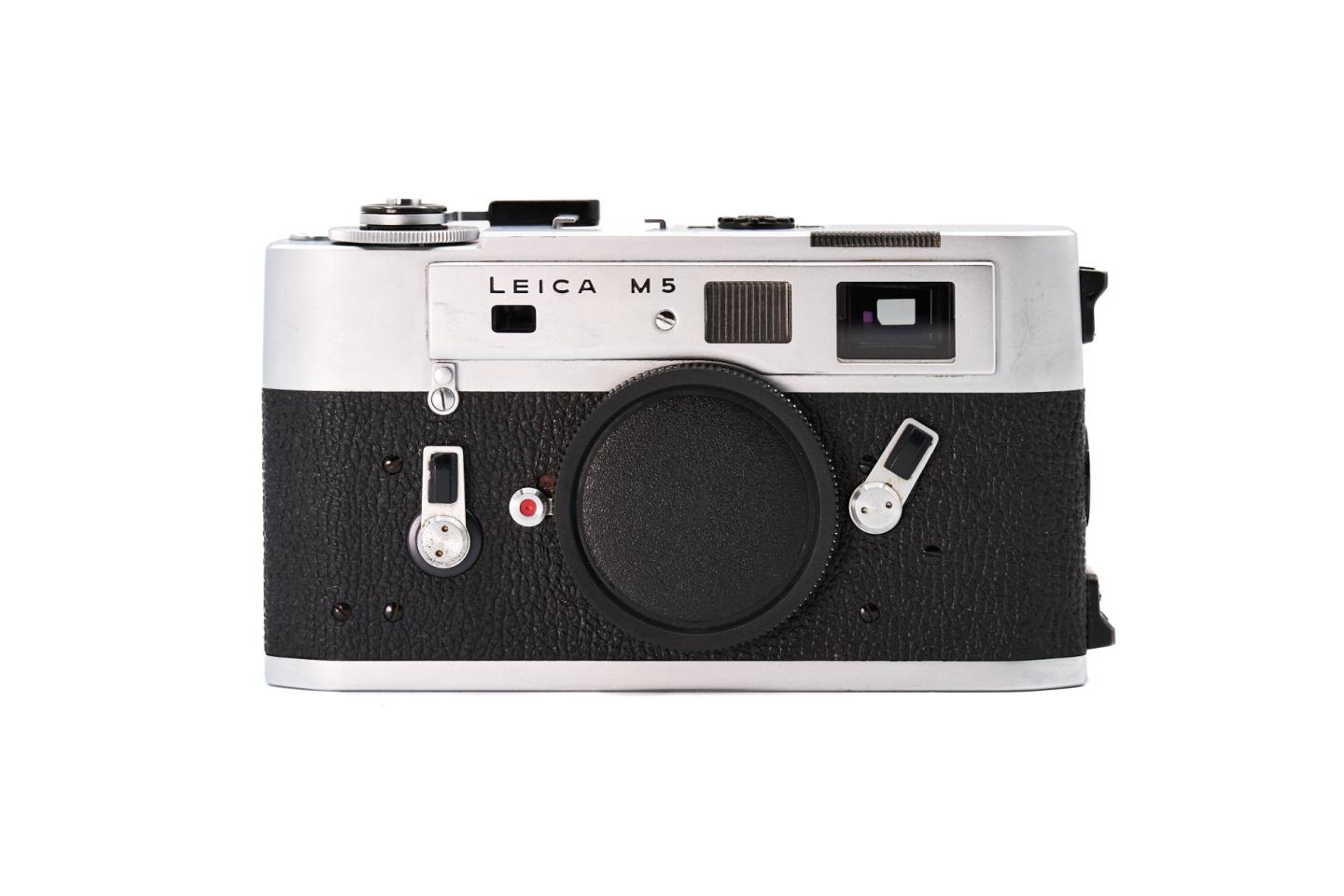 Leica M5
Leica M5
Till today, both the 996 and M5 remain far less desirable and far more affordable than other models in either lineup.
What’s telling isn’t that these missteps occurred, but how each company responded. The following generations — Porsche’s 997 and Leica’s M6 — maintained the technical advances while returning to more classical aesthetics.
These ugly ducklings are proof that, while both companies understand what makes each product special, they are also willing to take bold risks to keep them at the leading edge.
Special versions
True devotees of both brands seek something even more special, and both companies answer this call in fascinating ways.
For collectors, limited editions celebrate milestones in company history — each telling a story through unique materials and finishes. For example, Leica worked with Jony Ive and Marc Newson on a one-of-a-kind Leica for charity. Porsche makes numerous special editions every year.
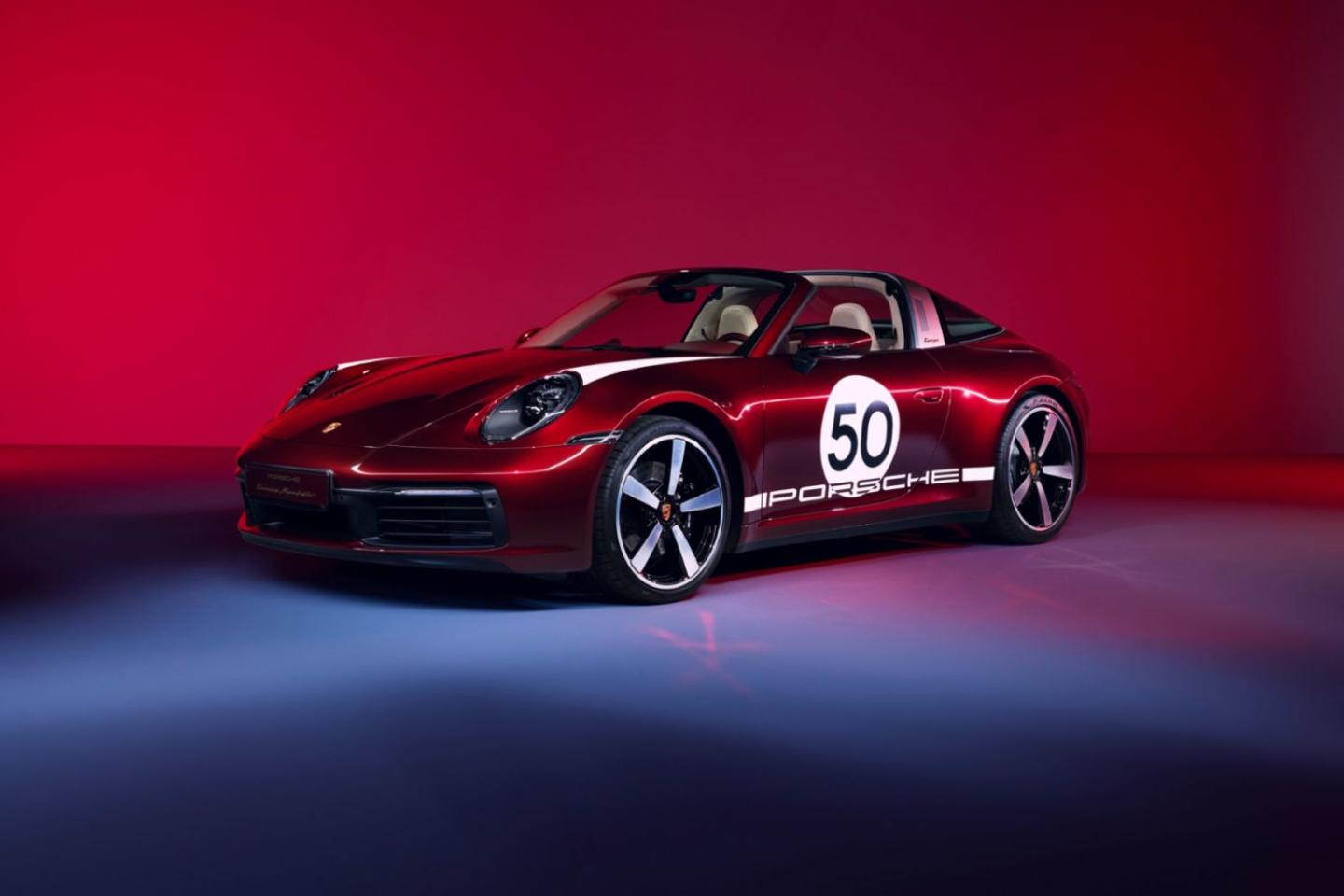 911 Targa 4S Heritage Design
Edition
911 Targa 4S Heritage Design
Edition
For purists, stripped-down variants like Porsche’s 911 T and Leica’s M-D series remove modern conveniences in pursuit of a more focused experience.
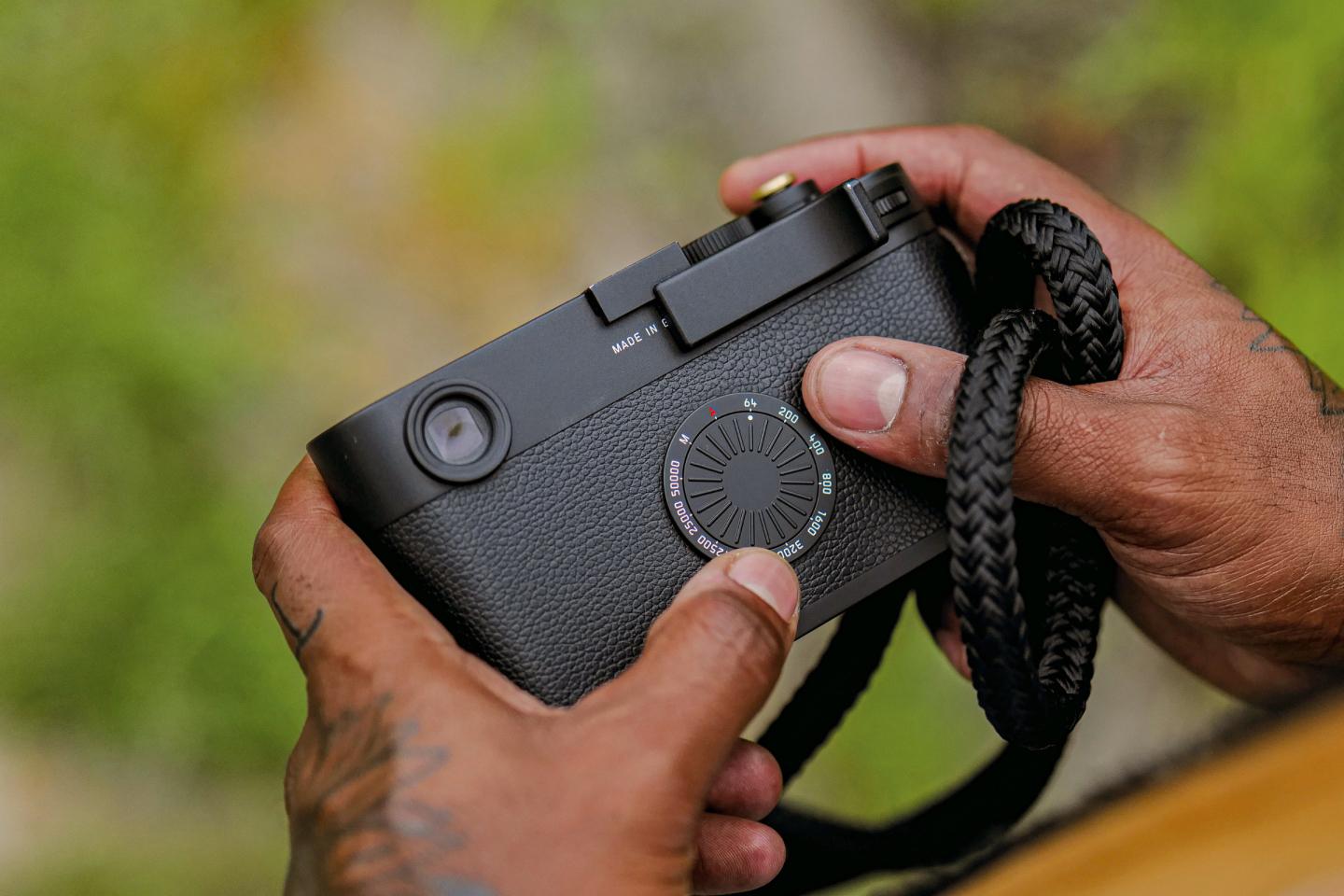 Leica M11-D digital camera with no
screen
Leica M11-D digital camera with no
screen
Entry level
“An entry-level 911 is a used 911” Porsche often says, and Leica echoes this philosophy. Both companies back this stance by providing service support for decades-old products. Yet they also recognize the need for accessible entry points.
Porsche’s Boxster and Cayman models, with their mid-mounted engines, actually handle more predictably than a 911.
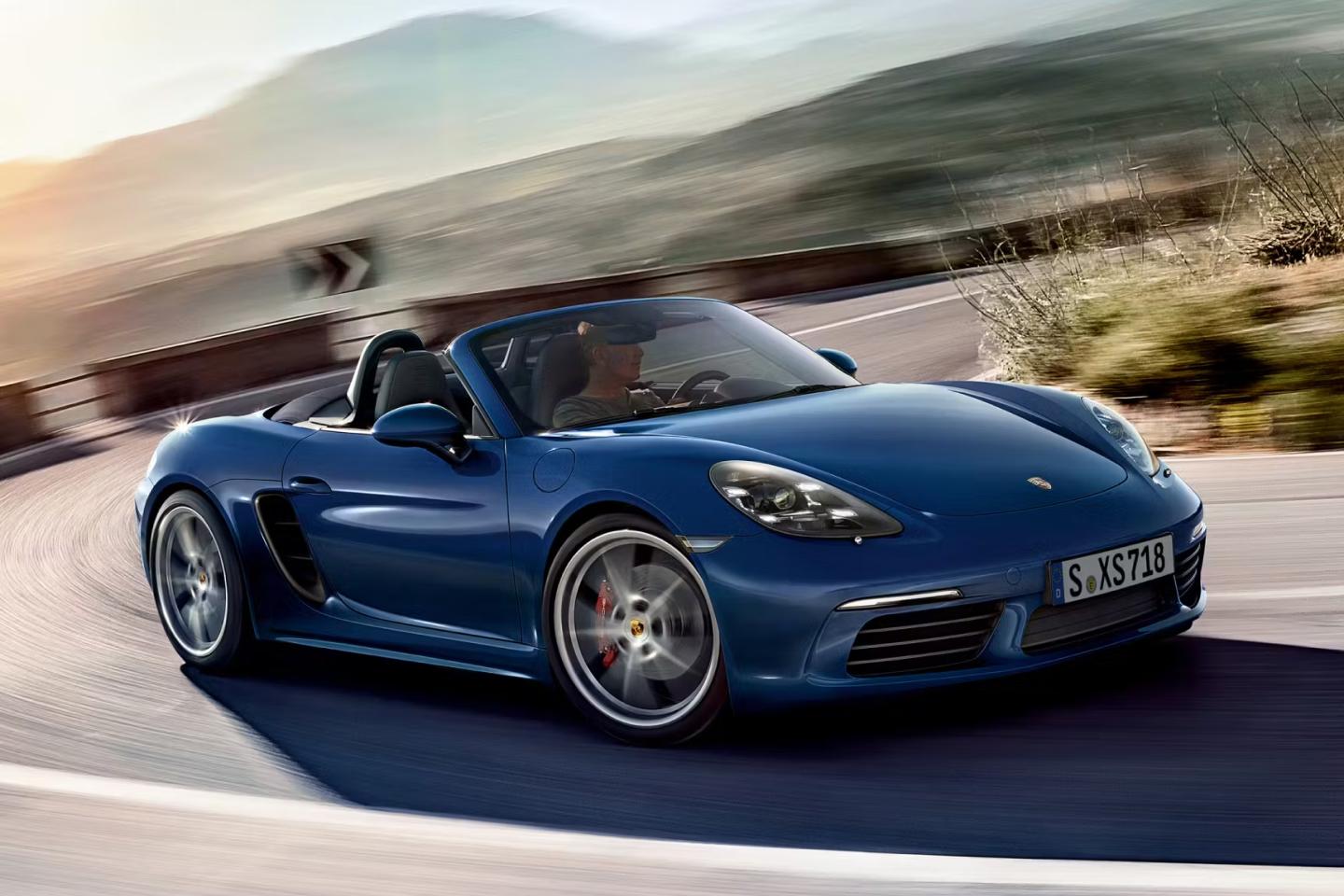 Porsche Boxster
Porsche Boxster
Leica’s Q series, with its modern autofocus system, shoots more efficiently than
an M. 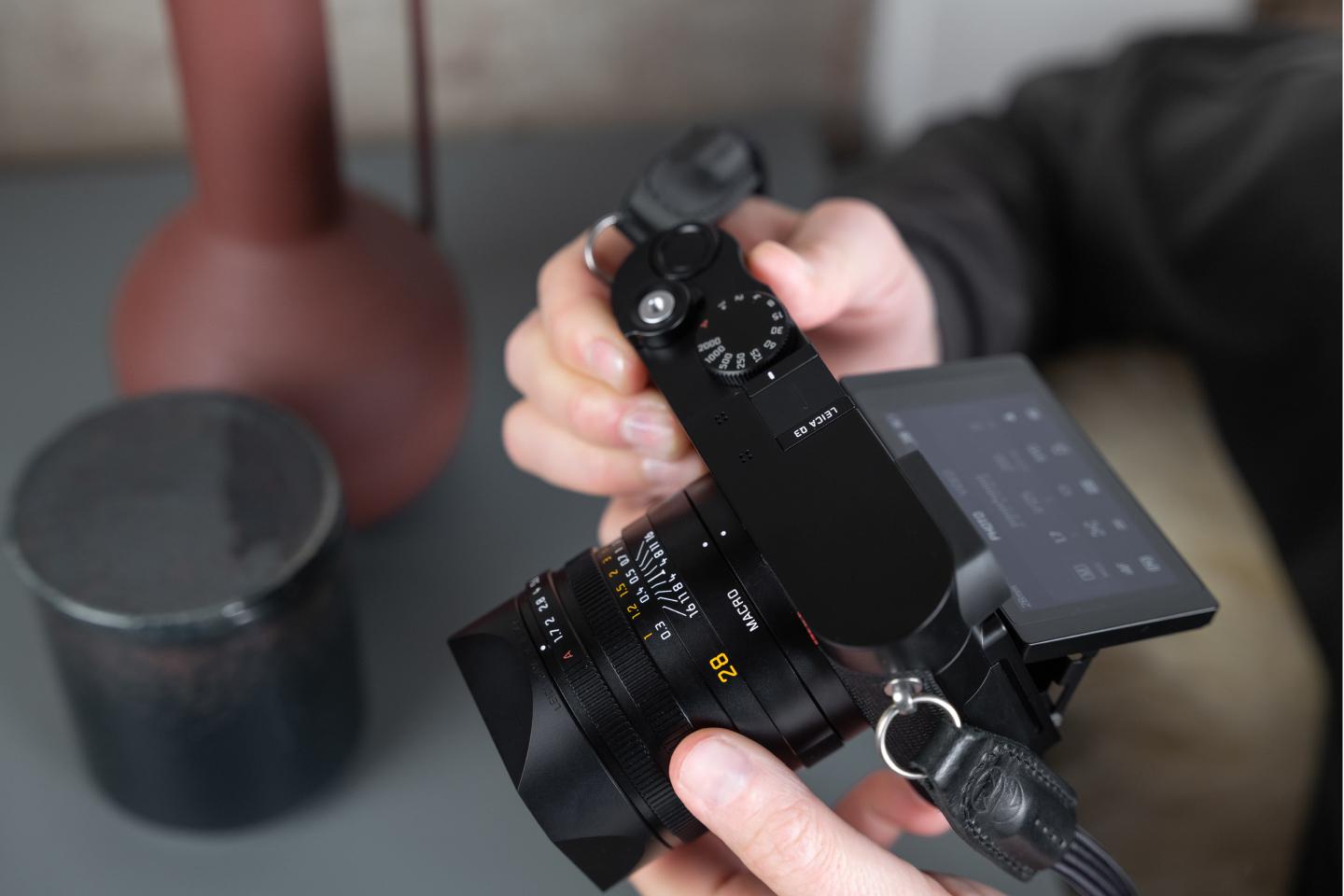 Leica Q3
Leica Q3
Yet something is missing in each — that essential flaw that makes their flagship siblings legendary.
The soul of a product
A 911 or Leica M in your hands is more than metal, glass, and precision engineering — it’s a connection to a specific place and time, a philosophy of design that spans generations.
Some critique Porsche and Leica for their conservative evolution between models. But maintaining this delicate balance — pushing boundaries while preserving essential character — may be the greatest challenge in product design.
Each new generation must excel while protecting the soul that makes these products extraordinary: that essential flaw at their core, wrapped in layers of heritage, engineering prowess, and thoughtful design that sets them apart from everything else.
Thanks to Q for reading drafts of this.
All images except the first (which is mine) are property of Dr. Ing. h.c. F. Porsche AG and Leica Camera AG.